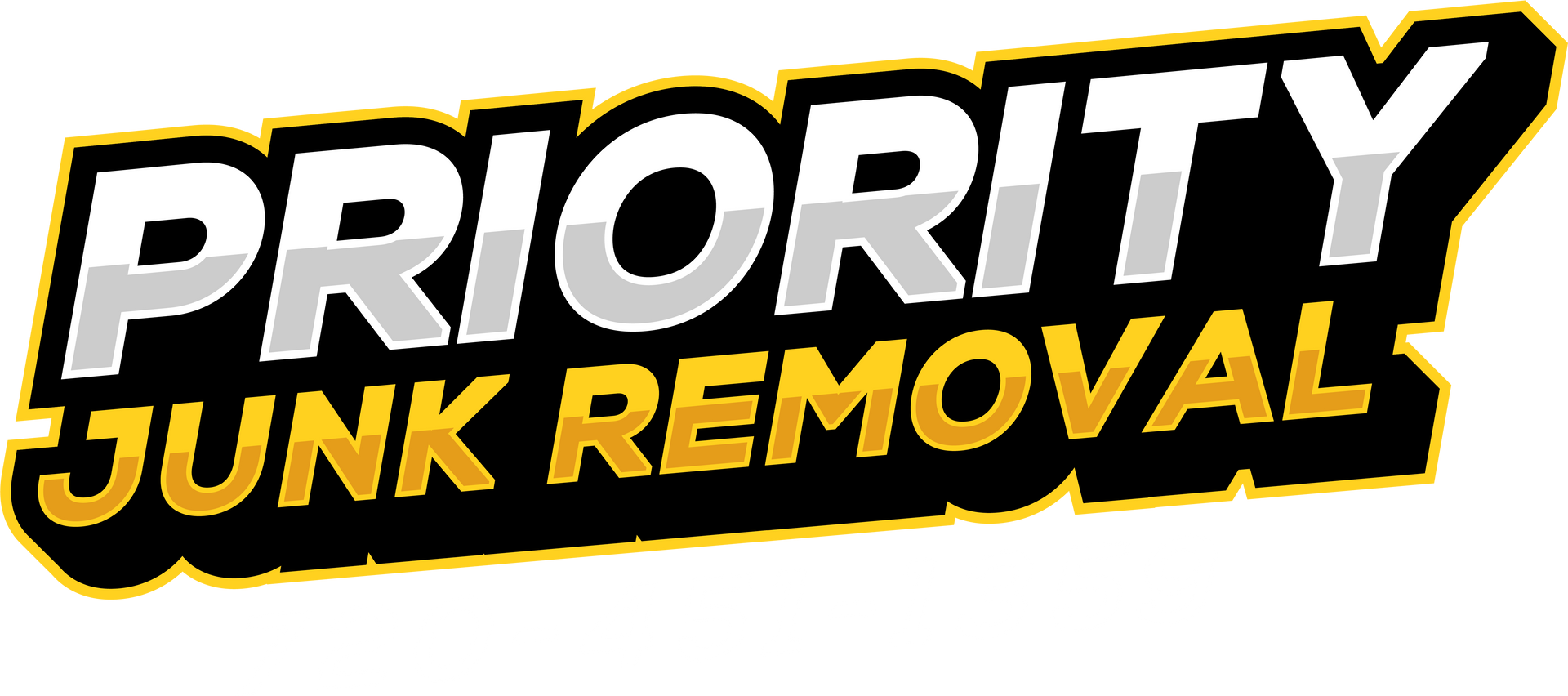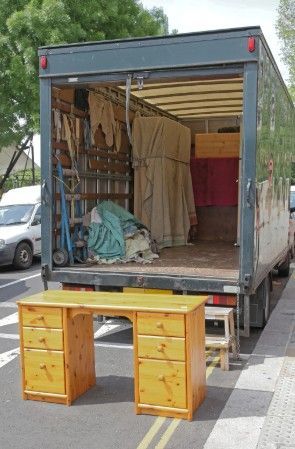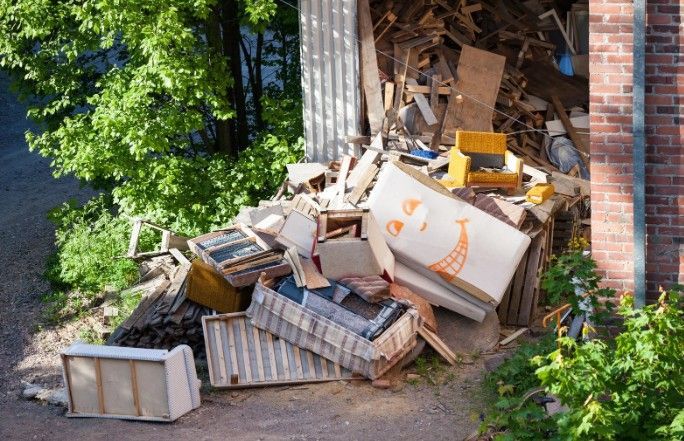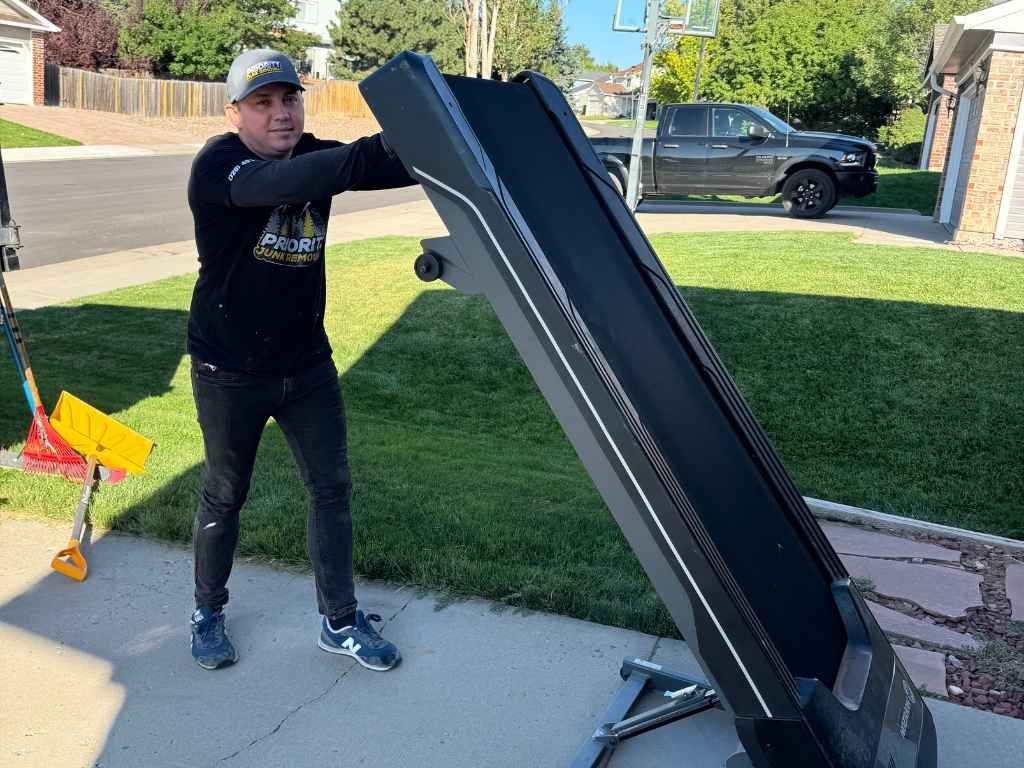How to Organize and Label Before Tossing Junk
When the task of clearing out your home or office feels overwhelming, the process of organizing and labeling before tossing junk becomes a game changer. Effective junk removal isn’t just about throwing things away—it's about knowing what’s worth keeping, what can be recycled, and what should be discarded. This strategic approach not only saves time but also helps reduce waste and increase efficiency. Organizing your junk into categories and labeling it before removal ensures that you’re making responsible decisions about each item.
Whether you're dealing with yard waste, household items, or office clutter, getting the right organization system in place will make the junk removal process more manageable. Let’s explore how to organize and label your junk before tossing it for a smoother, more eco-conscious clean-up.
Clear the Clutter and Simplify the Junk Removal Process
Getting organized before junk removal makes the entire process less stressful and more efficient. Before you even pick up the phone to schedule a junk pickup, take the time to assess your space. Start by sorting items into three categories: keep, donate, and toss. By creating a clear system, you’ll avoid confusion when it’s time to part with unwanted items.
This also ensures that things you want to preserve or repurpose aren’t mistakenly thrown out with the junk. Label everything carefully to give yourself an extra layer of assurance. Proper organization at the outset can save you from extra work, time, and frustration later. Remember, clearing clutter is not just about removing items—it’s about creating a more organized, functional environment.
Effective Labeling Techniques to Keep Track of Your Junk
When preparing for junk removal, labeling your items is a crucial step in ensuring a smooth and efficient process. By clearly tagging different categories of belongings, you can avoid confusion, reduce the risk of mishaps, and help make the cleanup easier for everyone involved. Here are some tips to make the sorting and labeling process easier:
Use Color-Coding
Assigning a color to each category of items is one of the simplest ways to speed up the sorting process. For example, green labels for recyclables and blue for donations help you visually separate different types of items quickly. Color-coding also adds an extra layer of clarity for anyone assisting with the cleanup, ensuring there’s no mix-up between items that should be disposed of versus those that can be reused or recycled.
Label Each Pile
Clearly labeling each pile ensures that all items are categorized correctly and avoids any confusion. By using visible tags that indicate whether an item is recyclable, reusable, or destined for the landfill, you can streamline the process and make it easier for others to follow. It’s a simple yet effective way to keep things organized and prevent mistakes during the junk removal process. Clear labels act as visual cues, making it easy to differentiate between what should be saved and what should be tossed.
Include Specific Details
When labeling, especially for donation items, include extra details to help with the sorting and delivery process. For example, if you're donating to a specific charity, write the name of the organization on the label or include a note about the type of items in the pile. This ensures that the right items go to the right place, and you won’t waste time second-guessing where they need to go. Specific details on your labels can also make the donation process more efficient when you hand off the items to the charity.
Stick to One Labeling System
Consistency is key when labeling your items. Whether you’re using sticky notes, masking tape, or adhesive labels, sticking to one simple labeling system ensures that everyone involved in the cleanup process is on the same page. A uniform approach helps avoid confusion and speeds up the sorting process. It’s important that all labels are easy to read, simple to understand, and clearly distinguish between different categories of items. This uniformity helps prevent mistakes and saves time when it’s time to remove the junk.
Tag Items Early
Starting the labeling process as you organize is crucial for keeping everything in order. Don’t wait until the last minute to label everything, as this can lead to confusion and unnecessary delays. By tagging items early in the process, you’ll have a clearer idea of what’s going where, making the actual removal more efficient. Early labeling also gives you more time to make thoughtful decisions about what to keep, donate, or discard, preventing any last-minute rushes or mistakes.
Junk Removal Process with Organized Categories
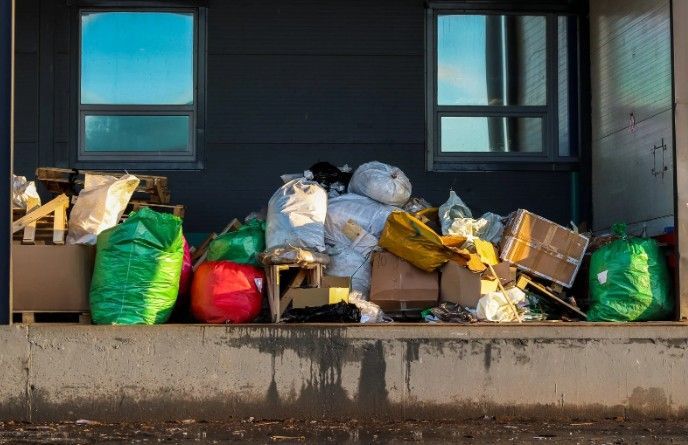
Organization isn’t just about separating items into piles—it’s about creating a system that works for your unique situation. Start by focusing on categories that make sense for your specific space. For example, when cleaning out a garage, you might categorize it by tools, sports equipment, garden supplies, and old furniture. In an office, categories could include old electronics, papers, broken furniture, and unused office supplies.
Labeling these items properly before calling a junk removal service gives you a clearer picture of the scope of your cleanup. It also allows you to prioritize which items should go first, speeding up the removal process. With this level of organization, the overall clean-up becomes more efficient, leaving you with more space and less clutter.
How to Decide What to Toss and What to Keep
One of the trickiest aspects of junk removal is deciding what to throw away and what to keep. When organizing your items, ask yourself if the item is useful, sentimental, or functional. If something hasn’t been used in a long time, it’s likely time to part ways with it. This is where labeling becomes crucial. For example, items marked as “toss” should be thrown away without a second thought.
However, things labeled as “donate” should be taken to a local charity or organization instead of sitting in a landfill. Organizing before you toss your junk helps you avoid the feeling of regret later on. You’ll know exactly where everything belongs, and you can rest easy knowing your decision-making process was organized and intentional.
Create a Plan for Disposing of Junk Responsibly
Junk removal isn’t just about getting rid of stuff—it’s about doing so in a responsible, eco-friendly manner. Before you begin the removal process, make a plan for how to dispose of items. This includes sorting materials that can be recycled, such as paper, metal, and certain plastics, and donating usable goods to local charities. Some items, like old furniture or electronics, may require special handling for safe disposal.
Label these items clearly so you know how to dispose of them properly. The more proactive you are about responsible disposal, the less impact your cleanup will have on the environment. By organizing and labeling items before you toss them, you ensure that your junk removal process aligns with your environmental values.
The Role of Junk Removal Services in Efficient Cleanup
When it comes time to remove your junk, hiring a professional junk removal service can significantly simplify the process. Services like Priority Junk Removal offer a convenient solution by taking care of the heavy lifting for you. By labeling and organizing your items beforehand, you make the job easier for the professionals, allowing them to quickly identify which items need to be removed and which should be left behind.
Additionally, these services often handle the proper disposal of recyclable and donation-worthy items, taking much of the guesswork out of the process. Whether you’re tackling a small clean-out or a large project, professional junk removal services streamline the task, making it faster and more efficient.
Maximize Space in Your Home or Office with Proper Organization
One of the major benefits of organizing your junk before tossing it is the immediate effect it has on the space you’re clearing out. By categorizing and labeling, you’re not just preparing items for removal—you’re making space for what truly matters. Once everything has been sorted and removed, you’ll be left with a cleaner, more functional area.
This can be especially important in homes or offices where space is limited. If you’ve been holding onto items that no longer serve a purpose, clearing them out will instantly create room for new opportunities. A tidy space also improves your mood and productivity, helping you feel more comfortable and focused in your environment.
The Importance of Labeling for Junk Removal and Recycling
Labeling plays an essential role in the overall junk removal process, especially when you plan to recycle materials. As you sort through your items, keep in mind that different types of waste require different handling methods. Label your piles as “recyclable,” “donate,” or “toss” so you can easily differentiate between the types of items. This is crucial when working with a junk removal service that also offers recycling and donation services.
Clear labeling ensures that recyclable materials are sent to the right facilities, and donation-worthy items are passed along to those in need. It helps prevent unnecessary waste from piling up and reduces the burden on landfills. Proper labeling is a simple yet effective way to contribute to a cleaner, greener environment.
Conclusion
Organizing and labeling before tossing your junk can significantly improve the efficiency and effectiveness of your clean-up process. By implementing clear categories and labels for your items, you can streamline the junk removal process, make better decisions about what to keep, and dispose of things responsibly.
Whether you’re handling the job yourself or working with a professional junk removal service like Priority Junk Removal in Littleton, these simple steps ensure a smoother, more organized clean-out. For professional junk removal services, contact Priority Junk Removal at 720-451-1359 or via email at priorityjunkremoval@gmail.com to schedule a hassle-free pickup.
